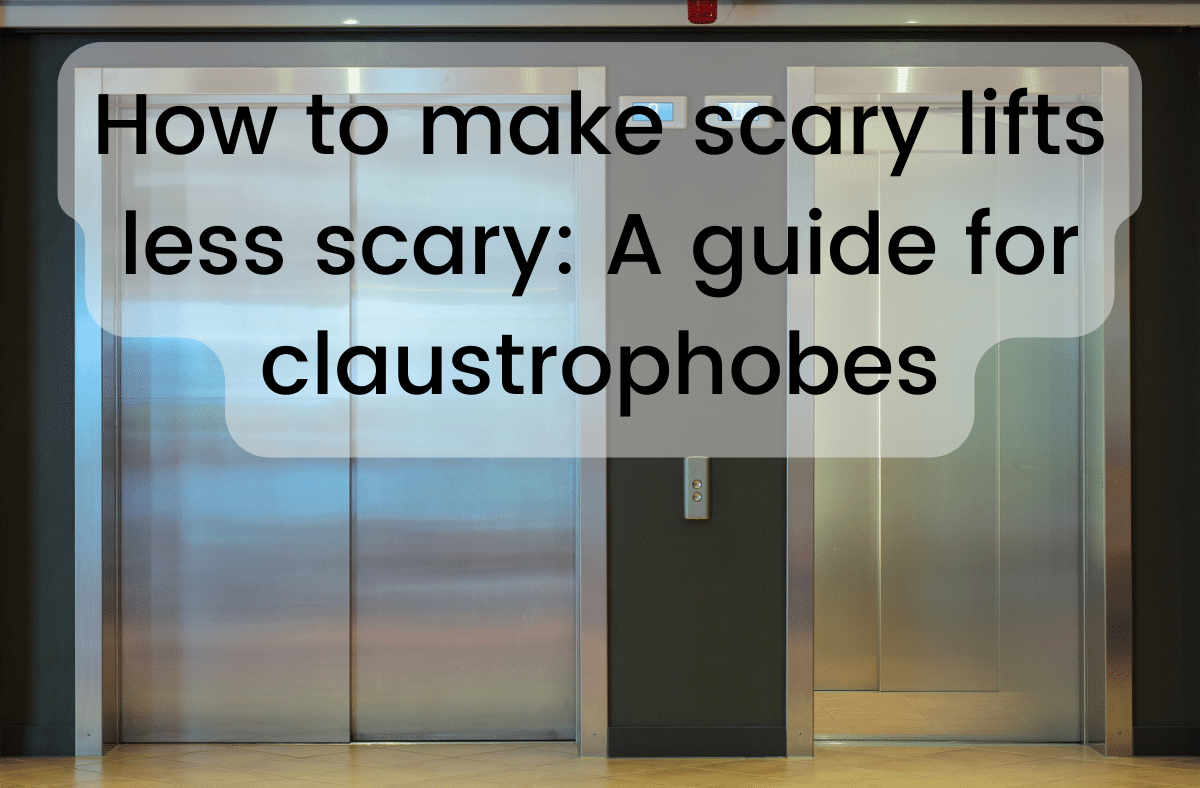For those in a hurry:
- Lifts can be scary for some people who have claustrophobia, a fear of small spaces.
- Claustrophobia can cause panic attacks, sweating, nausea, and other symptoms.
- You can overcome your fear of lifts by learning more about them, using relaxation techniques, and seeking professional help if needed.
- Lifts are safe and reliable, and you can use them without fear.
Scary Lifts: What Causes Claustrophobia?
Claustrophobia is a type of anxiety disorder that makes people feel trapped or suffocated in small spaces. It can be triggered by various situations, such as being in a lift, a car, a plane, or a closet.
The exact causes of claustrophobia are not clear, but some possible factors are:
- A traumatic experience in a confined space, such as being stuck in a lift or a cave.
- A genetic predisposition to anxiety disorders.
- A learned behavior from observing others who are afraid of small spaces.
- A lack of control over the situation or the environment.
Scary Lifts: How to Recognize the Symptoms of Claustrophobia?
If you have claustrophobia, you may experience some of the following symptoms when you are in a lift or another small space:
- Panic attacks, which can include rapid heartbeat, chest pain, shortness of breath, trembling, and dizziness.
- Sweating, flushing, or feeling hot or cold.
- Nausea, vomiting, or diarrhea.
- Feeling faint or losing consciousness.
- Feeling detached from reality or yourself.
- Feeling an urge to escape or avoid the situation.
Scary Lifts: How to Cope with Your Fear of Elevators?
If you have a mild fear of lifts, you may be able to cope with it by using some of these strategies:
- Learn more about how lifts work and how safe they are. For example, you can read about the emergency systems, the backup power sources, and the maintenance procedures that ensure the reliability of lifts.
- Use relaxation techniques, such as deep breathing, progressive muscle relaxation, or mindfulness meditation. These can help you calm your body and mind and reduce your anxiety.
- Challenge your negative thoughts and beliefs about lifts. For example, you can replace thoughts like “I’m going to suffocate” or “The lift is going to crash” with more realistic and positive ones like “I’m safe and I can breathe” or “The lift is designed to stop safely”.
- Bring a friend or a family member with you when you use a lift. They can provide you with support and distraction and help you feel less alone.
- Gradually expose yourself to lifts and small spaces. You can start by looking at pictures or videos of lifts, then standing near one, then entering one for a few seconds, then staying longer and longer until you feel comfortable.
If you have a severe fear of lifts that interferes with your daily life, you may need to seek professional help from a therapist or a counselor. They can offer you more specialized treatments, such as cognitive-behavioral therapy (CBT), exposure therapy, or medication.






















